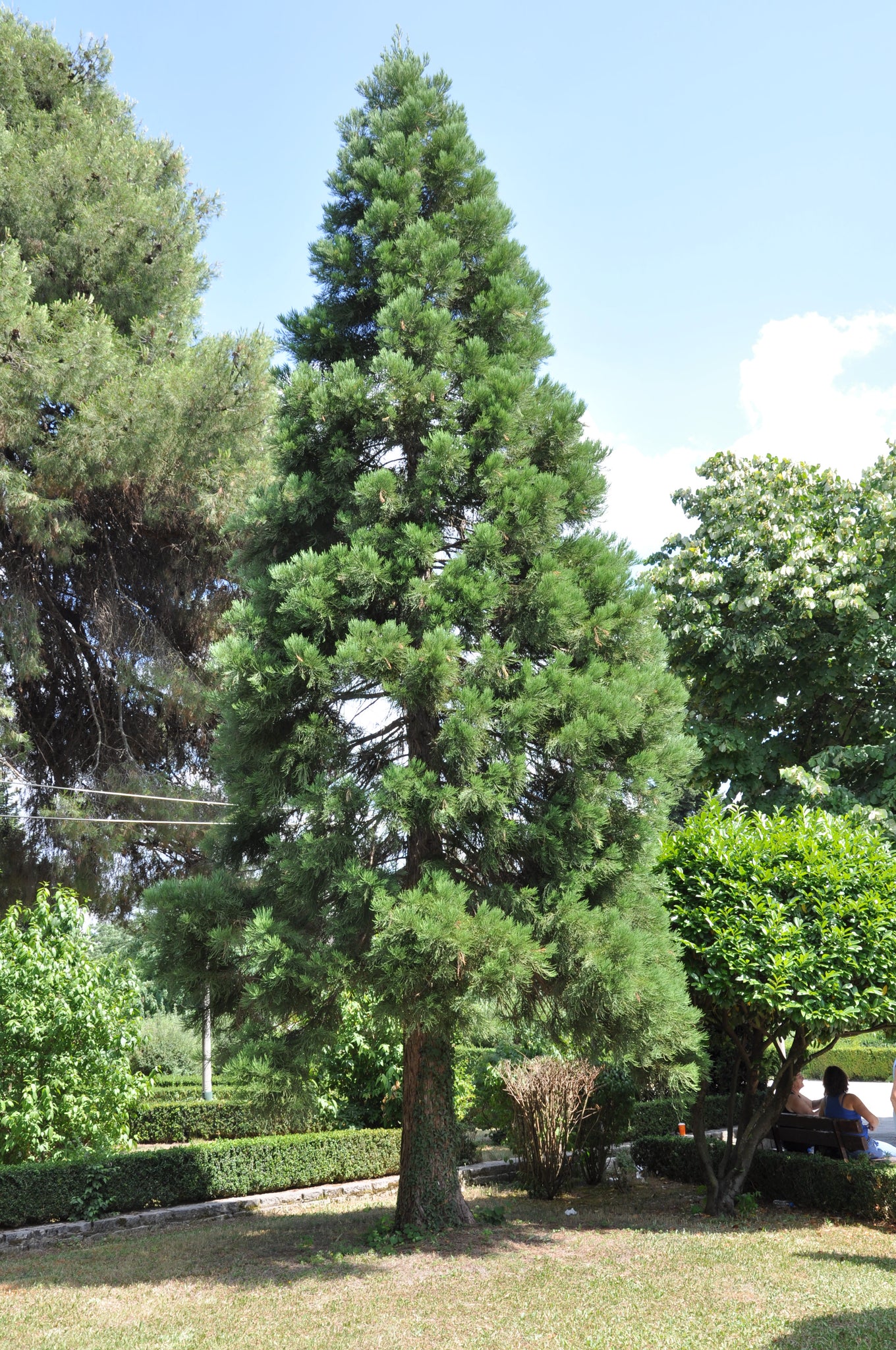

You can see where the fruiting variety on top is joined to the root variety on the bottom by a bump in the lower trunk, by a change in the bark color, or by a slightly offset angle in the tree. Planting Budded and Grafted Apple TreesĪll Stark Bro’s apple trees are grafted or budded to ensure growth of true-to-name planting stock. Note: Rodents and other small gnawing critters could take advantage of mulch that is applied too thickly, and they may chew the tree’s bark for sustenance – a type of injury that can be fatal, especially to new apple trees. In the fall, double the mulch layer or add a layer of straw for winter protection. Mulching helps discourage weeds while also keeping water from quickly evaporating away from the root zone.


After watering, if soil appears to settle and sinks into the planting hole, just add more soil – enough to fill the hole to ground level again.Īpply a layer of organic material like wood mulch (rather than inorganic material like rocks), about 2-3 inches thick, around the root zone of your apple tree. If planting in the fall, wait until spring instead to make any fertilizer applications. If you need to fertilize your apple trees at planting time, you can water them in with a water-soluble solution like Stark® Tre-Pep® Fertilizer. A deep soaking with about a gallon of water is best. Thoroughly water your newly planted apple tree. Read more about Digging a Planting Hole and Planting Bare-root Fruit Trees. Spread soil evenly around tree and mulch to prevent damage from water pooling and injury from freezing around the apple tree’s trunk in fall going into winter. This is called a “berm” and it works to catch water so that it can soak in rather than running off and causing soil erosion. Especially if you’re planting on a slope, create a rim of soil around the planting hole about two inches above ground level.You can avoid creating air pockets by working the soil carefully around the roots and tamping down firmly as you refill the planting hole around your apple tree. Holding onto the trunk to keep it vertical, backfill the hole, putting the topsoil back in first. Place the apple tree in the center of the planting hole with its roots down and spread out.Coir, like our Coco-Fiber Growing Medium, can be added instead of peat – or just evenly work in 2 or more inches of organic material with the existing soil. Note: Peat has a low pH, so if you use this rather than neutral coir, it may affect the soil pH around the roots. The peat moss you get should either be baled sphagnum or granular peat. To loosen the soil, mix aged/rotted manure, garden compost, coir or peat moss (up to 1/3 concentration) into your pile of topsoil.Keep the more-nutritious topsoil in a separate pile so you can put it in the bottom of the hole, where it’ll do the most good. When digging the planting hole, make sure it is deep and wide enough so the apple tree’s root system has plenty of room to easily expand. Dig the planting hole deep and wide enough so the root system has plenty of room and room to spread and grow.Remember: do not expose roots to freezing temperatures (or below) prior to planting. Avoid soaking roots for more than six hours. This helps keep the roots from drying out while you dig the planting hole. Before planting: soak the apple tree’s roots in a bucket or large tub of water for one to two hours.Generally, as long as your soil is workable, it is fine to plant. Do not expose roots to temperatures that are freezing or below. If a hard frost is expected, it is advisable to delay planting for a while until temperatures become more moderate. Remember to steer clear of soils that are extremely heavy or poorly drained.Īpple trees may be planted even when temperatures are quite cool, especially if they arrive bareroot and dormant. This will help give you an idea of the success of new plantings in the area. Check to see that they look healthy and are growing well. Take a look at the established trees and plants around the site. If the soil pH where you plan to plant your tree is 6.0-7.0, you’re in good shape – this is an ideal range for apple trees. Refer back to the section on Soil Preparation for tips on testing your soil. Apple trees require fertile soil for good growth, so, before you plant, test the soil where your trees will be planted – including a test of the soil pH.


 0 kommentar(er)
0 kommentar(er)
